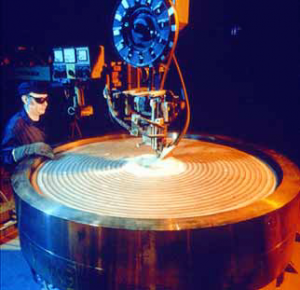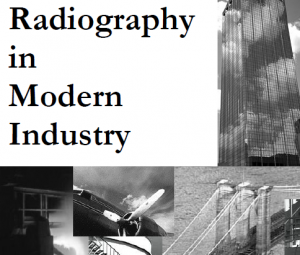CAPABILITIES OF MAGNETIC PARTICLE TESTING
Magnetic particle testing can reveal surface discontinuities, including those too small or too tight to be seen with the unaided eye. Magnetic particle indications form on an object’s surface in the area of a discontinuity and show the location and approximate size of the discontinuity. Magnetic particle tests can also reveal discontinuities that are slightly below the surface.
There are limits to this ability to locate subsurface discontinuities. These are determined by the discontinuity’s depth, size, type and shape; the strength of the applied field; and the type of current used.
In some cases, special techniques or equipment can improve the test’s ability to detect subsurface discontinuities. Magnetic particle testing cannot be used on nonmagnetic
materials, including glass, ceramics, plastics or such common metals as aluminum, magnesium, copper and austenitic stainless steel alloys. In addition, there are certain positional limitations: a magnetic field is directional, and for best results must be oriented perpendicular to the discontinuity. This generally requires two complete magnetizing operations to detect discontinuities parallel and perpendicular to the test object’s axis. Objects with large cross
sections require a very high current to generate a magnetic field adequate for magnetic particle tests. A final limitation is that a demagnetization procedure is usually required following the
magnetic particle process.
Read more


